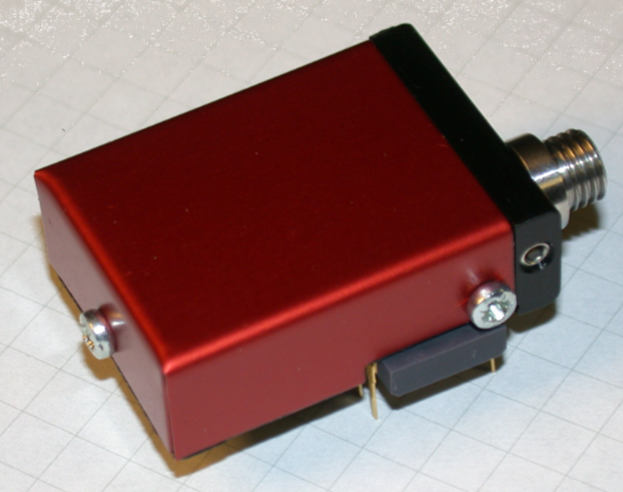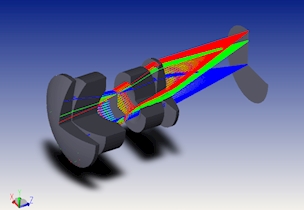Development of photonics products and technology platforms
Get help translating your ideas into market-ready photonics products.
The future of photonics products and systems
Photonics is advancing rapidly, with significant developments in LED technology driven by the demand for efficient, reliable lighting to replace incandescent and mercury-based sources.
These advancements create new opportunities for sensors, instruments, and applications in the visible, UV, and IR spectrums.
Your partner in product development
At FORCE Technology, we provide comprehensive support for photonics product development, including technology platforms, prototype manufacturing, and even 0-series and OEM production.
With years of expertise, we deliver practical solutions such as optics, mechanics, electronics, software, PCB layout, and regulatory compliance.
Our in-house photonics photonics laboratory ensures precise testing and validation of your products and systems.
Contact us to learn more about product development or read more about photonics and light.
How can we help you?
Let's turn your vision info reality
Contact us to learn more about photonics product development, or explore additional insights on our website.
Selected cases
Sartorius Stedim Biotech: DSS sensor modul og Sensolux system
Optical sensors, such as optrodes, are increasingly popular due to their low power requirements, cost-efficiency, and stability. Using luminescence as the primary measurement method, the DSS module is optimized for applications like oxygen and pH sensing. It employs advanced optical filtering and signal processing to ensure high accuracy and reliability.

Mini Spectrometer
The basic function of a spectrometer is to take in light and break it into its spectral components. Off-the-shelf spectrometers are available from numerous vendors. Nevertheless, special performance might be required. This task can be performed by the CAP network.
The above spectrometer is optimized for blood analyses.

Roadsensor: GRX RetroReflectometer
Developed for RoadSensors, this instrument measures retroreflection of traffic signs and road markings, critical for safe nighttime driving. It leverages LED technology and signal processing to deliver accurate results even under challenging conditions like daylight interference.
Learn more on www.roadsensors.com
Related services

LED applications in products
Get assistance and advice to optimally leverage the use of LED technology in new products.

Optical chip design
Low-power, low-cost optical chips for various sensor applications.

Design of optical systems
Consultancy and review of optical systems, incl. building, manufacturing and test of prototypes.
Development of photonic products
Start-up assistance and first aid during development of optical systems and photonic products.

